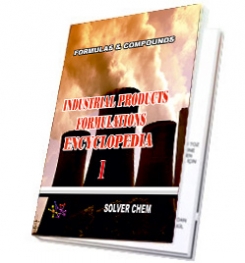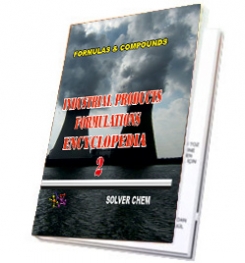Despite their longer life, Group II and Group III-based oils have encountered some problems. One drawback is lower solubility of additives. Automotive engine oils are particularly troublesome because they contain large amounts of detergents, antiwear additives and oxidation inhibitors.
Lack of additive solubility can even be a problem with Group II and Group III base stocks in R&O turbine oils because they contain only about 1.0 percent or so of rust and oxidation inhibitors. In high-speed rotary compressors, centrifuging action has separated the additives from solution in the oil … likely because of their incomplete solubility. To avoid this separation, modifications such as blending either with synthetic ester fluid or with Group I solvent-refined oil may be needed, sacrificing the potential for long life.
Altered solvency action with the paraffinic hydrocracked oils may also adversely affect some gaskets, seals, paint and coupling components. While suitable alternative materials are commonly available to match the needs of Group II and Group III oils for new machine designs, trouble could still be encountered in older diesel engines, gear units and other existing machines.
Upper viscosity is limited in hydrocracked base stocks, especially in Group III, by the reduction and even elimination of both aromatic and cycloparaffin ring structures that otherwise would increase internal flow resistance over that with simple hydrocarbon chains. While cycloparaffins remain in Group II, overall molecular size and structure of the remaining hydrocarbons limit these base stocks to ISO viscosity grades below about 320 to 460 cSt at 40ºC. Unfortunately, higher viscosity oils are required for severe demands in industrial gearing, large reciprocating compressors, and related applications. Because Group III base stocks are comprised primarily of paraffinic chain structure, their even lower viscosity restricts their normal use in automotive oils to 0W and 5W SAE grades. Higher viscosity grades depend on additions of more viscous PAOs or long-chain polymeric additives, or use of viscous bright stock from traditional petroleum refining.
Unfortunately, filtration has not uniformly improved to match the longer oxidation life available with Group II and Group III oils. Automotive oil filter changes are sometimes recommended based on the oil life now available. Steam turbines at power houses have been shifting to full-flow filtration. Diesel engine practices have been upgrading engine oil filtration to meet needs for long-term removal of soot from the lube system.
Likely next steps for these new oils to deliver on their promise of longer life at low cost include 1) improved filtration to avoid build-up of contaminants and wear particles between longer oil change intervals, 2) modification of additives and base oil blends for improved additive solubility, and 3) matching machine design and maintenance to take full advantage of the improved lube properties.

any engine oil
LUBRICATING OIL
FORMULATIONS
ENCYCLOPEDİA
is enough.
LUBRICATING OIL FORMULATION ENCYCLOPEDIA has many formulations of greases, complex grease, lithium grease production,sodium greases formula, formulation,multigrade engine oils manufacturing process,motor oils making, gear oil production, synthetic engine oils,semi synthetic motor oils,gasoline oils,diesel oils production process,composition of turbine oils,transmission oil manufacturing, production of cycle motor engine, tractor oils,mineral based motor engine production,heat transfer oils, slideway oils formulation, formulations, cutting oils formula,formulas grinding oils,mould oils manufacturing process and etc.
All lubricating oils in the encyclopedia are producible easily.You need no help and no technıcal support. The encyclopedia is enough to produce lubricating oils and engine oils itself.
LUBRICATING OIL
FORMULATIONS
ENCYCLOPEDIA
is written clear and understandable.


HARD BOOK E BOOK
RELATED TAGS: What is engine oils,making synthetic diesel engine oil,semi synthetic engine oil manufacturing process,mineral based engine oil production, heavy duty engine oil formulation,high performance engine oil formula,formulas,properties of motor oils,synthetic motor oil msds, analysis,composition of engine oils,additives of motor oils, mineral engine oil formulation,make semi synthetic diesel engine oil, base oils,synthetic base oils,light neutral oil,heavy neutral oil,performance additives package, properties of diesel engine oil, how to formulate engine oils, types of engine oils, synthetic motor oils,ingredients of engine oils,compounds of engine oils, index of motor oil,characteristic of motor oils,application of motor oils,combination of synthetic engine oils.
SOLVERCHEM PUBLICATIONS

|
|

|
|

|
|
